Sustainability Starts with Your Runtime: Meet a Green JVM
- July 15, 2025
- 1755 Unique Views
- 3 min read
Reducing spend in the cloud is a top priority for many organizations, and a high-performance Java platform can help cloud cost reduction efforts. These same optimizations can help organizations achieve sustainability goals, including achieving carbon net-zero. And pursuing sustainability goals can also lead to financial advantages.
Cloud costs are under the microscope, and reducing spend in the cloud is a top priority for many organizations. We’ve been helping customers on that journey with Azul Platform Prime, a high-performance Java platform that runs code faster, uses fewer compute resources, and helps cut your cloud bill.
But beyond the dollar savings, there’s a powerful secondary benefit: these same optimizations can help organizations move toward long-term sustainability goals, including achieving carbon net-zero.
Efficiency and sustainability go hand in hand, and we’ve built Azul Platform Prime to deliver exactly that.
JVM Performance = Energy Efficiency
Every CPU cycle your application burns costs money — and energy. Traditional JVMs, while functional, are often bloated with overhead: long garbage collection pauses, unpredictable latency, and underutilized memory.
Azul Platform Prime changes the game by making your Java apps more efficient at every level:
- Faster application startup – thanks to warmup optimizations and offloaded JIT compilation, apps reach peak performance faster.
- Lower memory footprint – Prime’s smart memory management and aggressive optimization reduce overall RAM usage.
- Pauseless garbage collection – The C4 Collector eliminates stop-the-world GC pauses, delivering smooth, consistent performance.
- Improved carrying capacity with fewer cores – Better compiler optimizations and reduced runtime overhead let apps do more with less hardware.
- Cloud Native Compiler – CNC offloads JIT compilation to a remote service, freeing up local CPU cycles and improving resource efficiency, especially in containers.
This means your Java applications do more, with less. Less compute. Less memory. Less electricity.
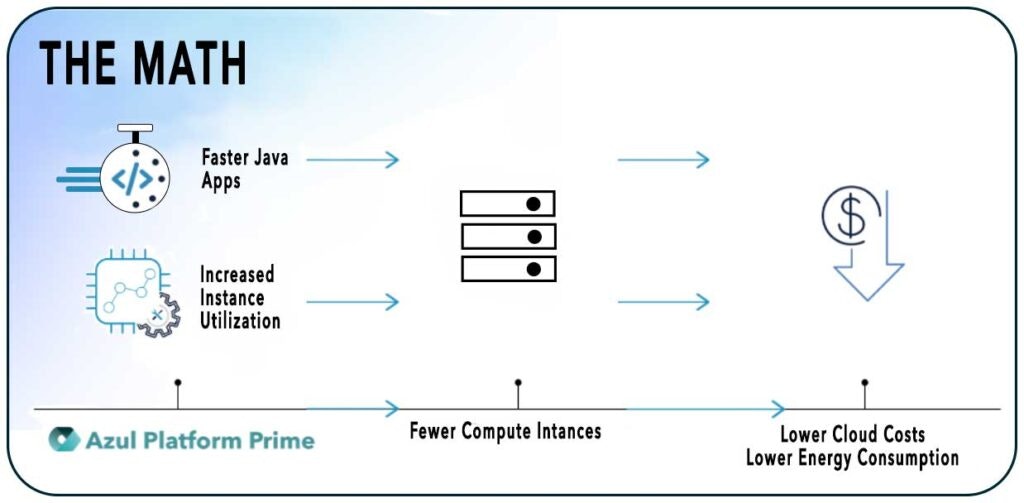
Sustainable engineering in action
You gain several benefits by improving your JVM efficiency:
- Run the same workload on fewer instances, reducing your carbon footprint.
- Consume fewer resources over time, whether in cloud environments or on-prem data centres.
- Improve overall power efficiency per transaction, aligning directly with corporate sustainability goals.
We’ve seen real-world examples where customers reduced infrastructure costs by up to 50%, while also slashing energy consumption — without rewriting a single line of code.
Cost and carbon reduction: an illustrative example
Let’s take the commonly used AWS EC2 m5.large instance running your Java apps on OpenJDK. If you average (across the year) 100 of these instances:
- Monthly cost per instance: ~$70
- Annual cost for 100 instances: ~$84,000
- Estimated carbon emissions: ~0.5 metric tons CO₂ per instance/year = 50 tons CO₂/year*
Now, apply Azul Platform Prime and reduce instance counts by 20% thanks to better JVM efficiency and performance:
| Metric | Before (100 Instances) | After (80 Instances) | Savings |
|---|---|---|---|
| Annual Cost | $84,000 | $67,200 | $16,800 |
| CO2 Emissions | 50 Metric Tons | 40 Metric Tons | 10 Metric Tons |
This is equivalent to:
- Taking 2 cars off the road annually
- Planting over 170 trees
- Avoiding 24,000 miles of air travel
*AWS does not publish official per-instance power consumption data. The energy usage and carbon emission figures presented here are based on publicly available instance specifications, third-party research, and community modelling tools. Actual emissions may vary depending on workload, utilization, datacentre efficiency, and regional energy mix.
Net-zero goals start at the platform level
It’s a powerful reminder that sustainability gains don’t always require application rewrites or architectural overhauls. Green software initiatives often focus on optimizing the application layer—but what about the platform that powers your app?
By simply switching to a more efficient JVM like Azul Platform Prime, organizations can make a low-effort, high-impact move toward carbon-conscious computing. You get better performance, lower cloud costs, and a smaller environmental footprint — all without changing a single line of code.
Just swap the runtime, and you’re already on a greener path.
Ready to see the difference?
Whether you’re a sustainability lead, a FinOps architect, or a Java developer who just cares about clean code and a cleaner planet, Azul Platform Prime deserves a look.
Get in touch to learn how Azul can help you cut costs and carbon at the JVM level – no code changes required.
Don’t Forget to Share This Post!






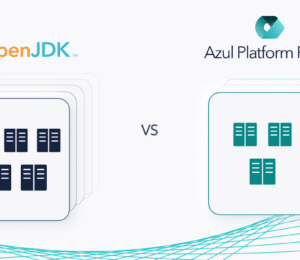
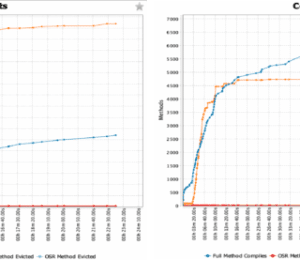

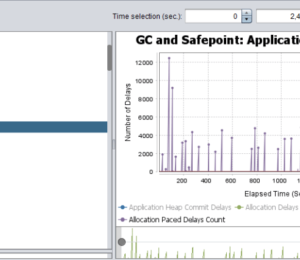
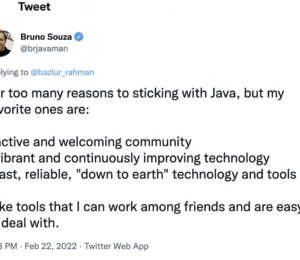
Comments (0)
No comments yet. Be the first.